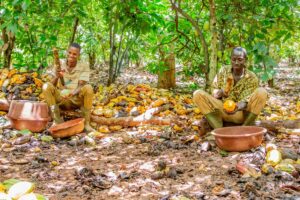Discover
For as low as $20, you can invest in solutions to inequality and climate change in communities worldwide
Inspire
'We see just so much opportunity and so many people getting off the sidelines ... and we see better days ahead'
Invest
The Cut Carbon note 'helps protect the planet by changing the way we build'




